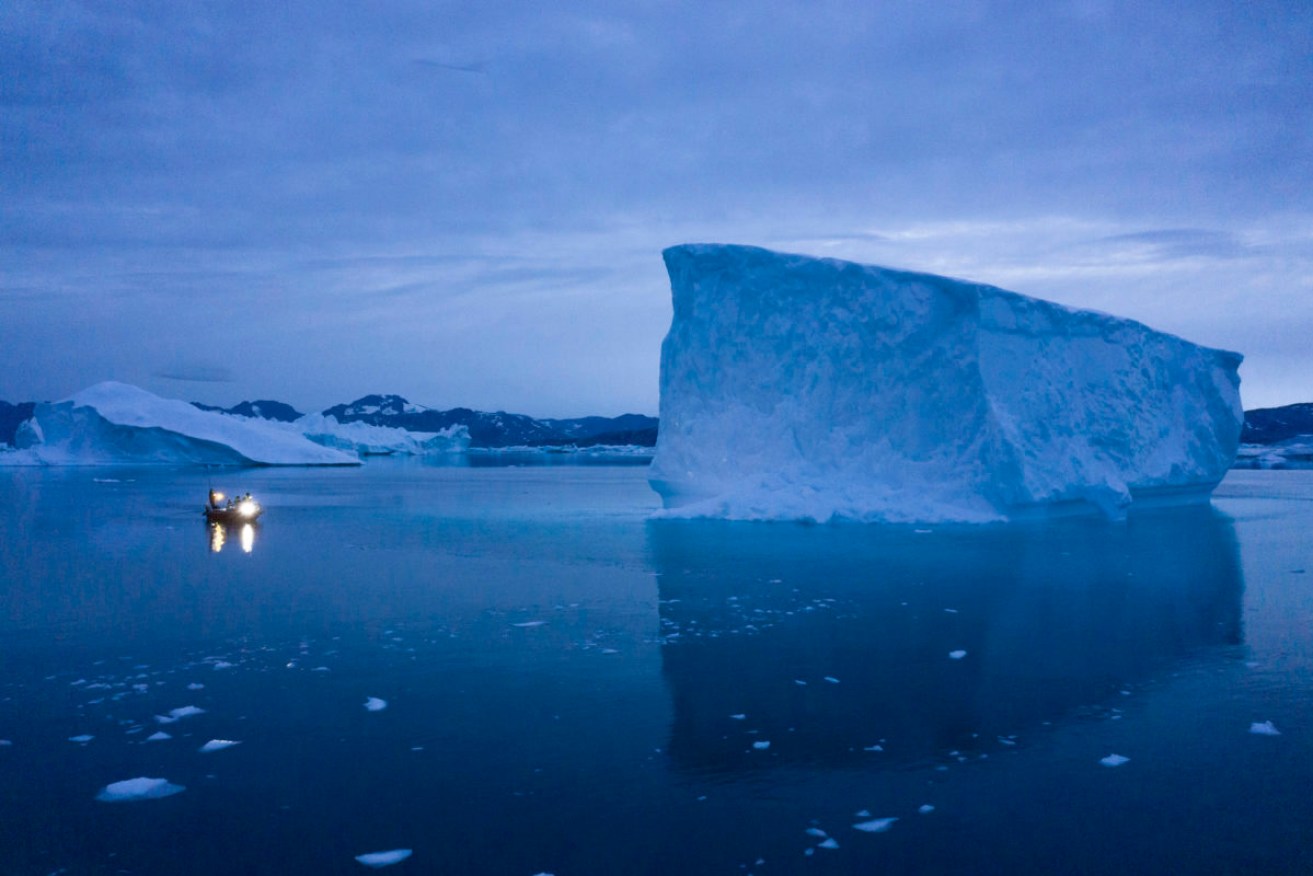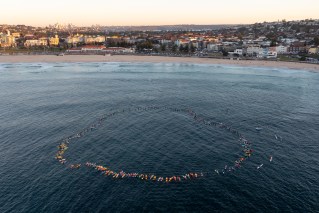Massive chunk of ice falls off Greenland’s polar cap
A big chunk of Greenland’s ice cap, estimated to be about 110 square kilometres, has broken off in the far northeast Arctic which scientists say is evidence of rapid climate change.

Scientists say the Southern Ocean ice cap holds the key to slowing global warming. (Photo: AP Photo/Felipe Dana)
The glacier section broke off the fjord called Nioghalvfjerdsfjorden, which is roughly 80km long and 20km wide, the National Geological Survey of Denmark and Greenland said Monday.
The glacier is at the end of the Northeast Greenland Ice Stream, where it flows off land and into the ocean.
Annual end-of-melt-season changes for the Arctic’s largest ice shelf in Northeast Greenland are measured by optical satellite imagery, the survey known as GEUS said.
It shows that the area losses for the past two years each exceeded 50 square kilometres. The ice shelf has lost 160sq km, an area nearly twice that of Manhattan Island, New York, since 1999.
“We should be very concerned about what appears to be progressive disintegration at the Arctic’s largest remaining ice shelf,” said GEUS professor Jason Box.
“Another massive chunk of vital sea ice has fallen into the ocean,” said Greenpeace spokeswoman Laura Meller who is aboard the organisation’s ship Arctic Sunrise at the edge of the sea ice.
“This is yet another alarm bell being rung by the climate crisis in a rapidly heating Arctic.”
Last week, Ruth Mottram, an ice scientist at the Danish Meteorological Institute in Copenhagen, said, “again this year, the ice sheet has lost more ice than has been added in the form of snow”.
“What is thought-provoking is that if we … had seen this meltdown 30 years ago, we would have called it extreme. So in recent years, we have become accustomed to a high meltdown.”
In August, a study showed that Greenland lost a record amount of ice during an extra-warm 2019, with the melt massive enough to cover California in more than 1.25 metres of water.
-AAP












